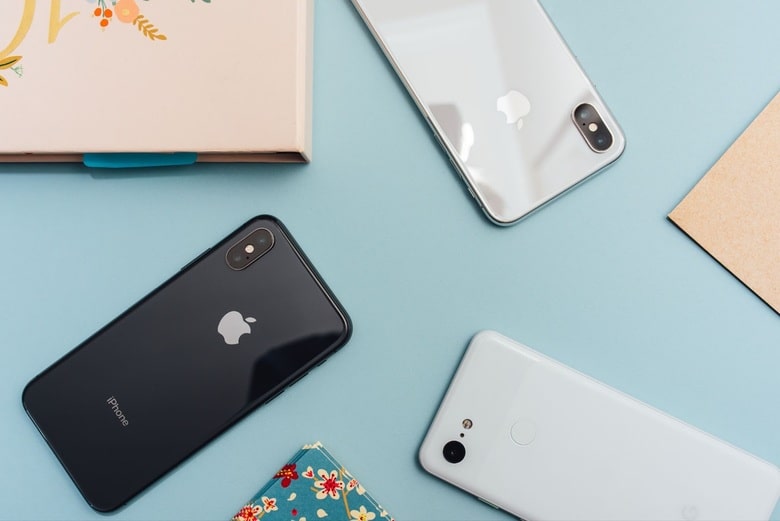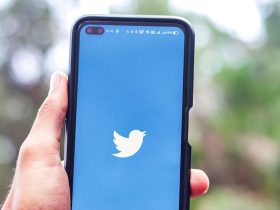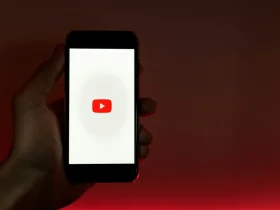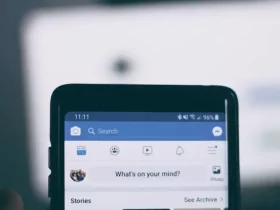Disconnecting an iPhone from a MacBook is an important step to take when switching between multiple devices, and it’s easy to do with just a few simple steps.
For those who don’t know, the iPhone is Apple’s line of iPhones, which are portable touchscreen phones that run on iOS and have access to the App Store.
The MacBook is Apple’s line of portable laptops running macOS and is often used for everything from work to school. When you connect your iPhone to your MacBook, you can view content stored on either device on the other, sync files, and even charge the iPhone.

However, if you want to switch back and forth between the two devices or be able to access different content, then you need to disconnect them. To do this quickly and easily:
1. On your Macbook, open System Preferences > Bluetooth. Select your iPhone from the available devices. Click “Disconnect” when prompted with a message asking if you wish to disconnect the device or keep it connected.
2. On the smartphone, go into Settings > Bluetooth > tap the “i” next to the name of your Macbook in the list of Devices > Tap Forget This Device which will remove it from both lists entirely.
3. Once forgotten from both devices, restart them by shutting them down and turning them on again. This will reset any connections that may still exist between them as well as clear any cached data related to these connections so they no longer recognize each other.
There you have it. A quick and easy process disconnects the two so you can easily switch between devices without having extra connections clogging up either one’s connection list.
Disconnecting is also great for sharing content across multiple users or even with friends or family because once disconnected, neither device will remember the connection when reconnected later on down the line.
Read Also: Why is iPhone not sending texts to Android?
5 Instances of Why You Might Want to Disconnect the iPhone
As already mentioned, one of the most convenient features of Apple products is their ability to sync between different devices, such as an iPhone and a MacBook.
This allows you to easily transfer data and keep all your files in one place. However, there are certain circumstances where disconnecting your iPhone from a MacBook may be necessary.
1. Data Security
By keeping your phone and computer separate, you can reduce the risk of someone accessing both of them at once.
If one manages to get hold of one device, they won’t access the other – making it harder for them to steal important information or data.
2. Privacy Concerns:
It’s easy for someone who has access to your laptop to see what’s on your phone if it’s still connected, which is why having two separate devices can help protect your privacy.
Disconnecting from time to time ensures that no one else can view any sensitive information on the smartphone and computer.
3. Keep Things Organized:
If you use multiple iPhones and multiple MacBooks – perhaps when traveling – then it can become confusing trying to keep track of what is synced with which computer or phone.
Keeping everything disconnected makes it easier for you to ensure that stuff stays organized without unintentionally transferring data between different devices and accounts.
4. Save Battery Life:
Connecting an iPhone to a Macbook uses up battery power on both devices, so regularly disconnecting can help save battery life on both gadgets during long work sessions or travel trips when plugging them in isn’t always possible or practical.
Not to mention that it also helps when you want to cool down your iPhone due to too much strain on it.
5. Device Troubleshooting
Suppose you’re experiencing any problems with either device.
In that case, it’s best to disconnect them first before attempting any troubleshooting steps, as this can help isolate the source of the problem more quickly and accurately pinpoint any software-related issues that may be causing performance issues on both machines simultaneously.
Closing Thoughts
In conclusion, there are many benefits of not having the iPhone connected to the MacBook.
Ranging from better data security and privacy protection through enhanced organization and even improved battery on both – making it something worth considering if you don’t need the two devices connected all the time.











Leave a Reply